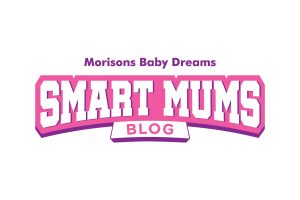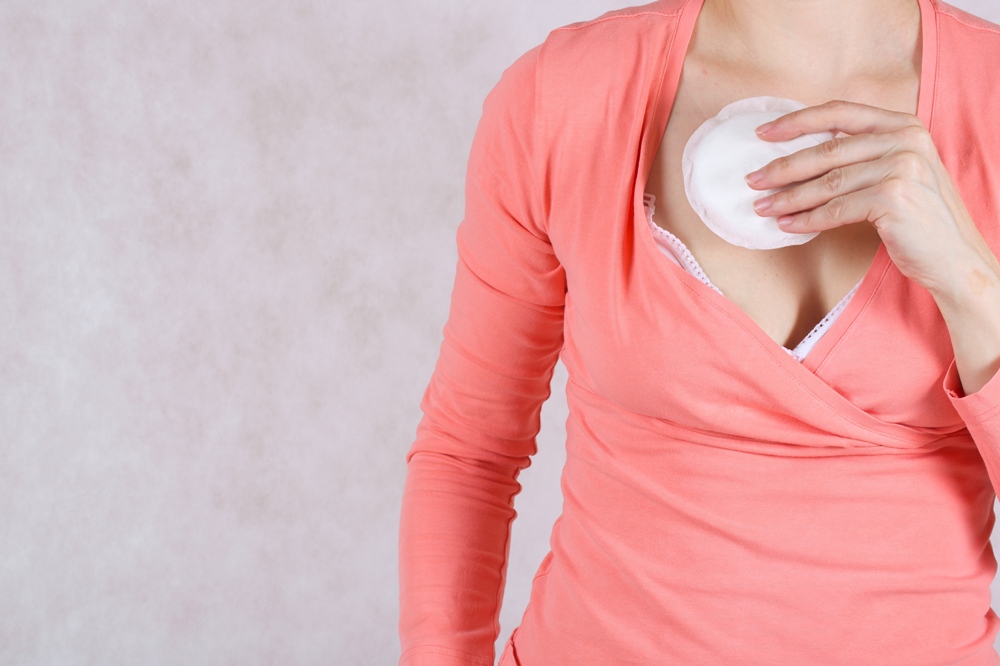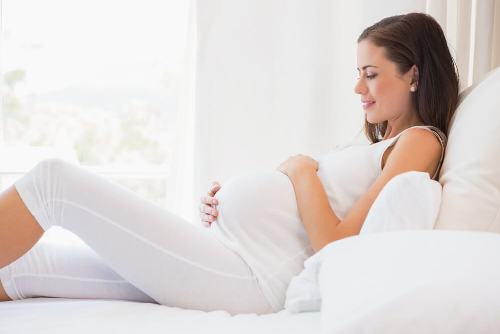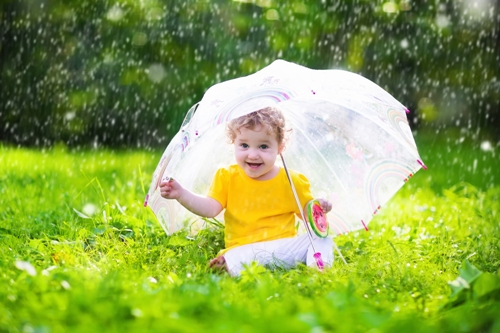This post is also available in: English हिन्दी (Hindi) বাংলা (Bengali)
We are certain that as a smart mum, you probably do much, much more than only look after your baby. Maybe you work part-time. Or liaise with office via social media and Skype. Or perhaps you have found a hobby that also earns you a bit on the side.
Even if you are on a complete hiatus from work, you probably still need to get out of home. Go shopping. Meet up with friends. Swap stories with other mums. Whatever you do, you will probably come in contact with other people. And in such a scenario, leaking nipples can be rather awkward.
Embarrassing and scary as it may seem, it’s absolutely normal. In fact, it’s your body’s way of regulating milk supply to feed your baby. Even the quantity and frequency of leakages differs from mother to mother. Breast pads, also known as nursing pads, are tailor-made for just such times! These pads absorb the extra milk and keep your clothes dry, saving you from potentially embarrassing situations.
Here’s all you need to know about these magical ‘Breast Pads’:
1. Disposable versus reusable
Breast pads are either washable or disposable. As the name suggest, one is more convenient than the other. If you don’t mind the drudgery of washing up, go for the reusable ones. If convenience is more important, opt for the disposable ones.
What’s right for night leakage:
Mothers often leak more heavily at night. The disposables are better for the nighttime. You can sleep comfortable in the knowledge that your breast pads won’t slide off (as they come with sticky tabs).
Dr Jyoti Shinde, a Doctor of Philosophy (Ph.D.) and internationally certified Lactation Consultant with Breach Candy Hospital sheds light on the disposable vs washable debate:
“Breast pads or nursing pads should be used only as long as the leakage persists. Disposable breast pads are more convenient as you can throw them away once they get wet unlike the washable ones. The thing is wearing breast pads that are even slightly wet can lead to severe skin infections. Throwing away disposable pads every 3-4 hours is a very good way to tackle nipple leakage.”
2. How to use a breast pad?
Here’s the trick: The steps to use a disposable breast pad are almost the same as the steps required to use a sanitary napkin.
·Remove adhesive tabs: Some disposable breast pads have sticky tabs on them to hold them in place. If you are using nursing pads with baby-safe adhesive (these prevent the pad from sliding off), take off the tabs from over the sticky bit.
·Insert the nursing pad: After you’ve put on your bra (both nursing and regular bras work well), you’re ready to put in the breast pad. Slide or gently place it over your nipple, between your bra and breast. Then strap your bra as you normally would.PS. Apply a baby-safe cream to your nipple area if you feel any irritation.
Are your nipples leaking too? Don’t shy away. Try Morisons Baby Dreams Washable Nursing Pads with Soft Cotton that come in a pack of 2 or 6. The outer layer of these pads resists moisture and protects clothing. They also contain a breathable waterproof film that ensures proper air circulation.
If you are looking for more convenience, then go for Morisons Baby Dreams Disposable Nursing Pads with Soft Cotton, which are made with superior Japanese superabsorbent polymers (SAPs). The double gumming helps the pad stay in place. And there’s a special 3D border to prevent leakage. There are 30 disposable nursing pads in one pack.
Hack:
Buy them now on https://www.morisonsbabydreams.com/feeding-nursing/nursing/breast-pad.html
Go on, ensure nursing problems don’t leak into the joy of motherhood! Have fun!
This post is also available in: English हिन्दी (Hindi) বাংলা (Bengali)










